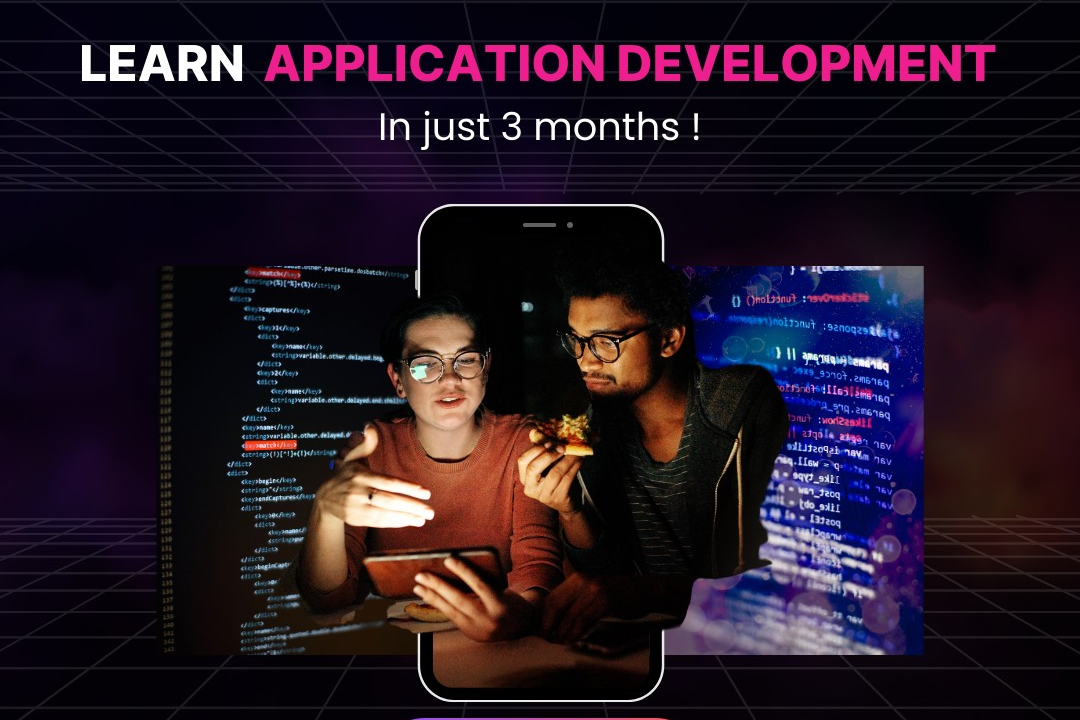Flutter Project Documentation Best Practices
Best Practices for Flutter Project Documentation
Flutter Project Documentation Best Practices
When creating documentation for a Flutter project, it is essential to follow best practices to ensure clarity and usability. Start by providing a comprehensive README file that outlines the project's purpose, features, installation instructions, and usage examples. Use consistent coding style comments throughout your codebase, explaining the functionality of complex logic and important components. Incorporate clear, structured API documentation using Dart's built-in documentation tools, and maintain coherent examples that demonstrate how to utilize your library or package. Additionally, consider creating a dedicated wiki or a separate documentation site using tools like GitHub Pages or MkDocs for elaborate guides and instructional content. Lastly, keep the documentation updated with changes in the codebase and gather user feedback to make continuous improvements, thereby enhancing the developer experience for future users and contributors.
To Download Our Brochure: https://www.justacademy.co/download-brochure-for-free
Message us for more information: +91 9987184296
1 - Use Clear Project Structure: Organize your Flutter project into a clear directory structure to make it easier for developers to navigate. Common folders include `lib`, `assets`, `test`, and `pubspec.yaml`.
2) Introduction Section: Start your documentation with an introduction that brief outlines what the project is, its purpose, and the technology used. This helps readers understand the context quickly.
3) Installation Instructions: Provide step by step instructions on how to set up the project locally, including Flutter SDK requirements and how to install dependencies using `pub get`.
4) Usage Guidelines: Detail how to run the application, emphasizing commands and any necessary configurations. Include screenshots if applicable to illustrate the usage.
5) Code Comments: Use inline comments judiciously within your code to explain the functionality. This helps new developers understand specific logic quickly and reduces the need to search external documentation.
6) API Documentation: If your project interacts with APIs, clearly document the endpoints, required parameters, and example requests/responses. Tools like Swagger can facilitate API documentation.
7) Flutter Widgets Explanation: In the context of Flutter, make sure to document any custom widgets you create. Explain their purpose, how to use them, and their parameters.
8) State Management Overview: If your project uses specific state management solutions (like Provider, Riverpod, or Bloc), include an explanation of how it is implemented and how to adapt it.
9) Testing Strategy: Document how to run tests for the project, including unit tests and widget tests. Describe the tools utilized and how to write new tests.
10) Deployment Instructions: Provide guidelines on deploying the Flutter application, whether it's for web, mobile, or desktop. Include platforms like Google Play Store or Apple App Store.
11) Contribution Guidelines: If the project is open source or collaborative, include guidelines on how others can contribute. This should cover coding standards, pull request process, and reviewing criteria.
12) Version Control: Explain how version control is managed, ideally using Git. Specify branching strategies, commit message formats, and tagging releases.
13) Error Handling and Debugging: Offer tips on how to handle common errors and exceptions that may arise during development. Include tools and techniques for debugging Flutter applications.
14) Best Practices Reference: Add a section that lists general Flutter best practices, such as the importance of widget reusability, performance optimization techniques, and coding conventions.
15) FAQs Section: Anticipate common questions or challenges that new developers might face, and provide a Frequently Asked Questions (FAQs) section. This will help reduce repeated inquiries.
16) References and Further Reading: Conclude the documentation with a list of resources such as links to the official Flutter documentation, tutorials, and community forums for further learning.
By following these best practices, students can create robust, helpful project documentation that enhances collaboration and understanding within the Flutter development community.
Browse our course links : https://www.justacademy.co/all-courses
To Join our FREE DEMO Session: Click Here
Contact Us for more info:
Application Performance Management (APM))
Android App Monetization Gorakhpur
advanced certified scrum master training
Android Performance Optimization Techniques
Angular developer skills











